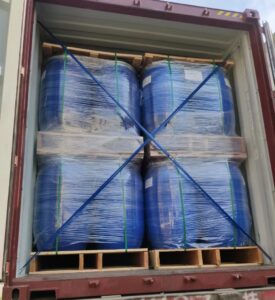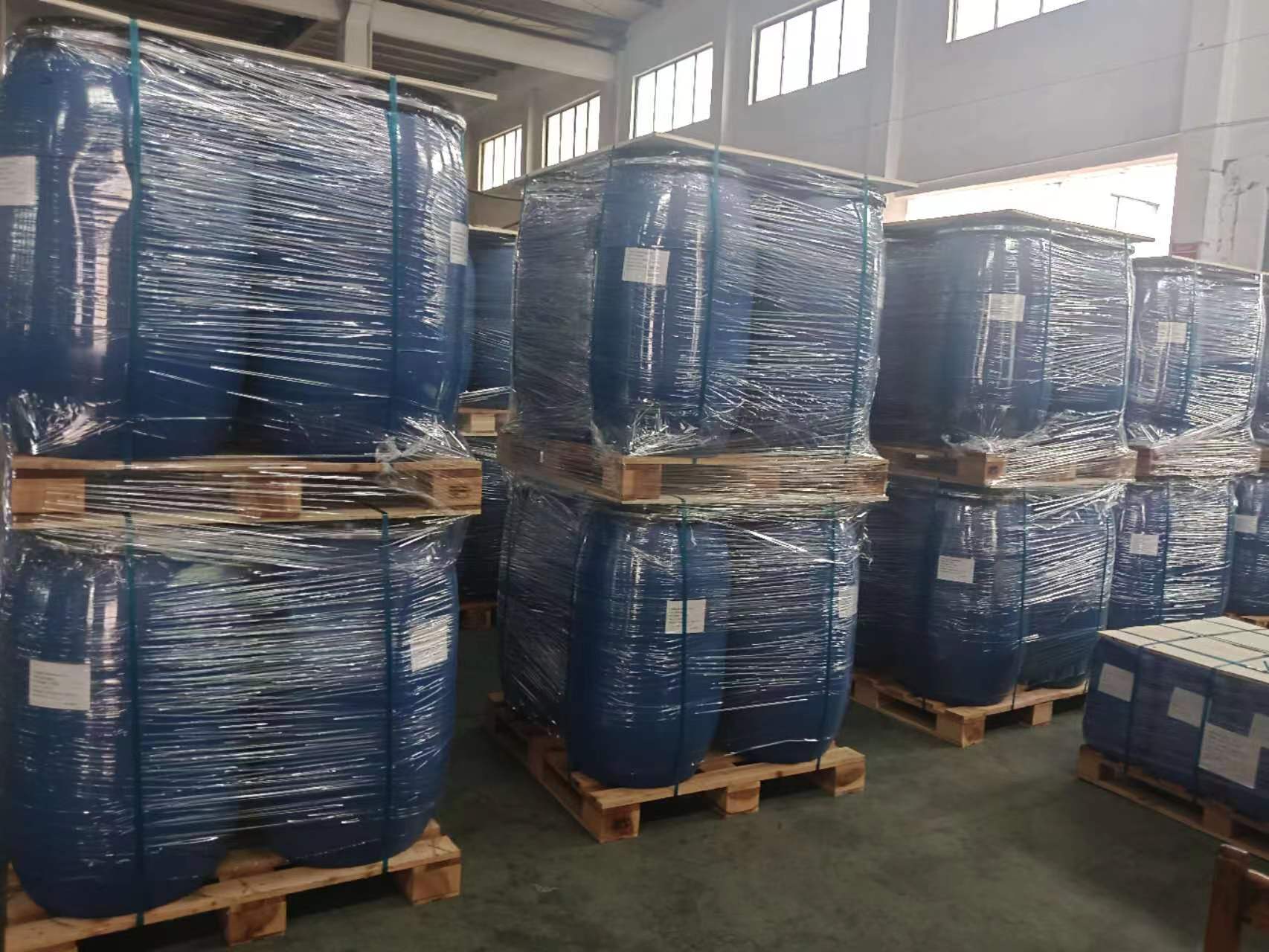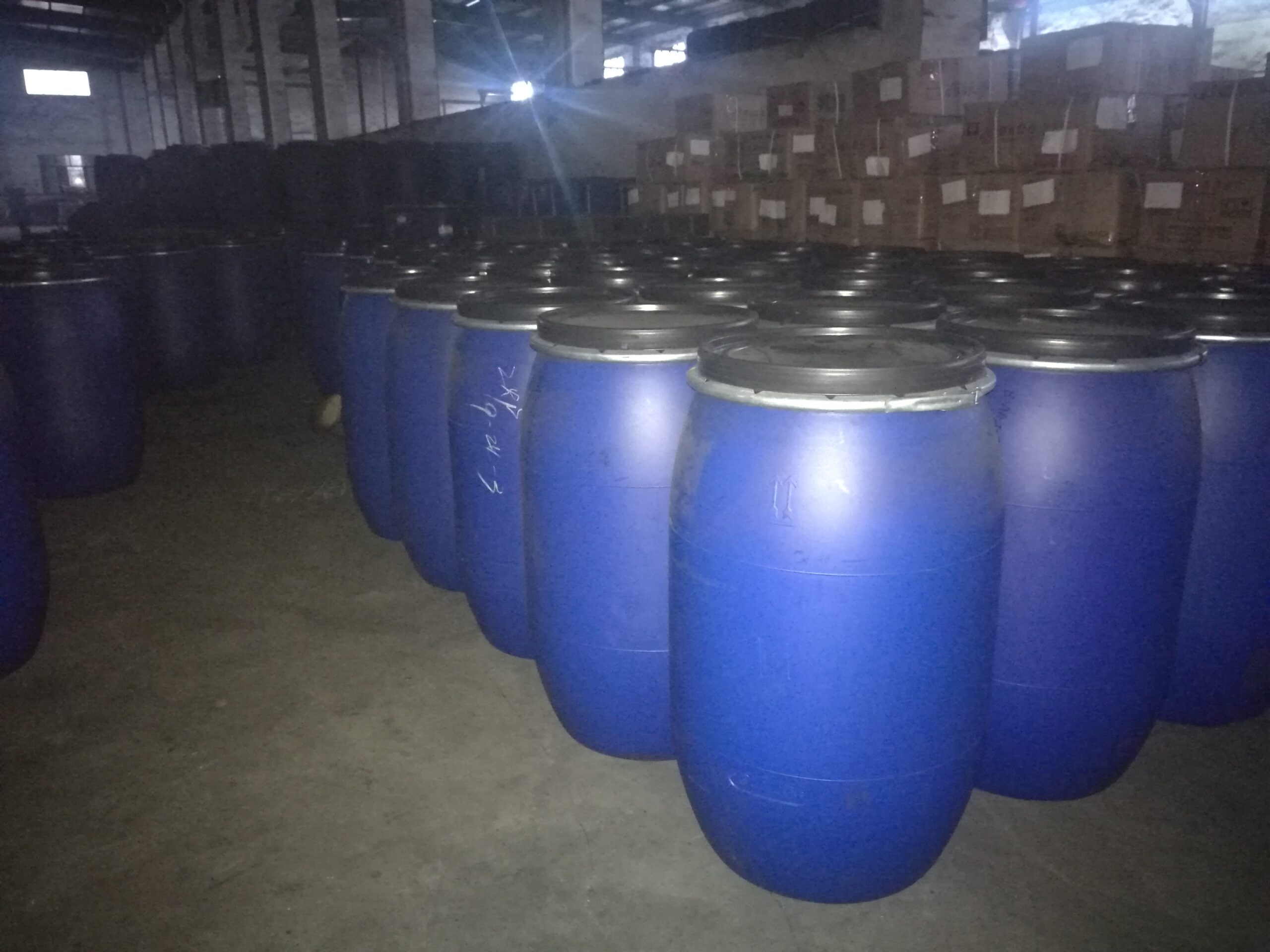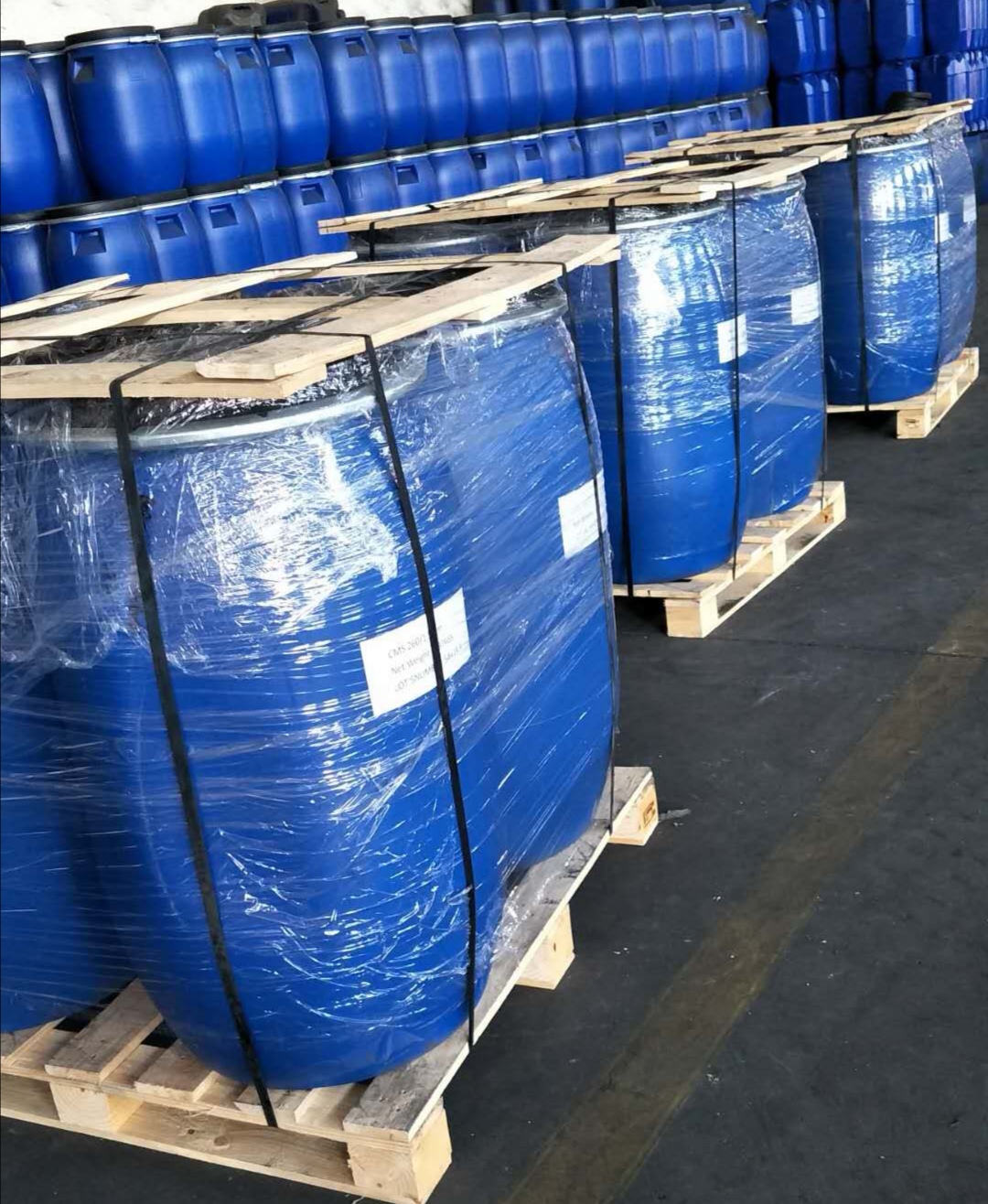The Development and Performance Research of Carbon Molecular Sieves
I. The Brief History of the Development of Carbon Molecular Sieves
In the 1960s, carbon molecular sieves were successfully manufactured in the United States and quickly gained widespread use. Initially, they were mainly used as adsorbents for separating oxygen from the air. Later, they were gradually applied to the production of nitrogen. In the following decade or so, the demand for nitrogen in various countries continued to increase, and the pressure swing adsorption nitrogen production technology and related equipment gradually matured, further promoting the development of carbon molecular sieve manufacturing technology.
China began its research on carbon molecular sieves in the 1970s, with major research institutions including the Chemical Research Institute of Shanghai, the Jilin Petrochemical Design Institute, the Shanxi Coal Chemical Research Institute, and Dalian University of Technology. The quality of domestic carbon molecular sieves has been continuously improving, and the technology has become increasingly mature. However, compared with international advanced carbon molecular sieves, there are still many problems, such as poor reproducibility, poor uniformity of pore size, and low adsorption capacity. The production process of domestic carbon molecular sieves still needs to be further improved and enhanced.
In general, the development process of carbon molecular sieves can be divided into four stages based on performance differences: The first-generation carbon molecular sieves, due to the limitations of manufacturing technology, have generally uneven pore size distribution and the nitrogen purity obtained is only about 97% or 98%, with a low recovery rate and high energy consumption; The second-generation carbon molecular sieves have improved performance, and the nitrogen purity can reach above 99.9%, but the energy consumption is quite high and cannot be applied to large-scale production of carbon molecular sieves. During this stage, the molecular sieves used for producing nitrogen with a purity of 97% or 98% already had a relatively high recovery rate and have been widely applied. The third generation saw a significant improvement in performance with the advancement of carbon molecular sieve manufacturing technology, capable of producing nitrogen with a purity of over 99.99%. When producing nitrogen with a purity of 99.5%, the recovery rate is higher than that of the previous two stages. Companies like BF in Germany and Iwaguchi in Japan have produced carbon molecular sieves at a high level. Domestic molecular sieves have made significant progress in recent years, and the performance of the produced molecular sieves has been very close to that of imported molecular sieves. However, due to the limitations of the production process and equipment conditions, the reproducibility of domestic molecular sieves is poor, and their stability is not as good as those produced by foreign companies. The reason is that the activation and pore adjustment technology is not yet mature, resulting in unstable molecular sieve performance. The fourth generation was developed by Iwaguchi in Japan in 2001. Compared with the third-generation carbon molecular sieves, it has seen a significant improvement in performance, capable of producing nitrogen with a purity of over 99.9995%. When producing nitrogen with a purity of 99.99%, the nitrogen recovery rate has also been greatly improved. In today’s era of such high demand for nitrogen, it will bring us significant economic benefits. The nitrogen adsorption device used by Iwaguchi in Japan, using carbon molecular sieves as adsorbents, has significantly improved in terms of energy consumption and economic efficiency. And as the purity and recovery rate of the produced nitrogen increase, this advantage becomes more and more obvious.
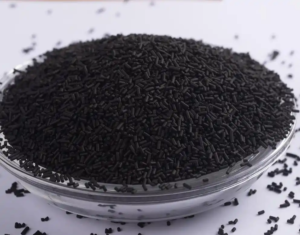
II. Basic Characteristics of Carbon Molecular Sieves
Carbon molecular sieves (carbon molecular sieves) are a type of carbon-based adsorbent and also a kind of activated carbon with a uniform distribution of many micropores. They have a surface structure different from that of general molecular sieves and a very developed pore structure. Currently, it is believed that carbon molecular sieves are composed of very small carbon particle microcrystalline structures. The specific surface area of carbon molecular sieves is closely related to the size, shape, aggregation degree of the microcrystals, and the size of the formed pores. Due to the disorderly and irregular arrangement of the basic microcrystals, there are many pores of different sizes and shapes in each microcrystal, thus forming various slit-shaped, cage-shaped, and wedge-shaped pores in carbon molecular sieves. This structure enables carbon molecular sieves to have a very large pore volume and specific surface area. According to the size of the pores, it is divided into large pores, micro pores, and intermediate pores (also known as transitional pores), which are located between the large and micro pores. Only the micropores (micro pores) can allow oxygen and nitrogen molecules to enter at different diffusion rates, thereby functioning to separate them.
Due to the differences in the selected raw materials, process conditions, and preparation methods, the number of micropores (micro pores) and the number of large pores and transitional pores in the prepared carbon molecular sieves vary. Therefore, carbon molecular sieves have various adsorption capabilities and characteristics. Thus, to prepare high-performance carbon molecular sieves, it is necessary to increase the number of their micropores, so as to achieve good adsorption performance of the carbon molecular sieves.
There are various raw materials used in the preparation of carbon molecular sieves at home and abroad. The in-depth exploration of the raw materials still needs to continue. The selection of raw materials should consider whether the raw material is economical, cheap and readily available, low ash content, high carbon content, high volatile matter, ease of industrialization, and high environmental friendliness. After considering the advantages and disadvantages of all aspects, a better raw material should be selected.
Gaseous substances are adsorbed in the large pores of the carbon molecular sieve, and the pores act as channels. The adsorbed molecules are transported to the micropores, and the real adsorption occurs in the micropores. In carbon molecular sieves with a large number of pores, the smaller molecules can spread rapidly into the pores, while large-sized molecules are prevented from entering. Different gas molecules have different diffusion rates, which can effectively separate the components of the gas mixture. Therefore, the size of the molecules on the carbon molecular sieve is different, and the internal pore diameters of the carbon molecular sieve are distributed between 0.28 and 0.37 nm. Within this pore diameter range, oxygen can spread rapidly through the porous openings of the pores, while nitrogen is difficult to enter the micropores, allowing oxygen and nitrogen to be separated. If the pore diameter is too large, oxygen and nitrogen molecules in the porous medium of the carbon molecular sieve can easily enter, but there is no separation effect; if the pore diameter is too small, oxygen and nitrogen cannot enter the micropores, but there is no separation effect.
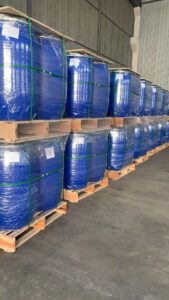
III. Carbon Molecular Sieve Air Separation for Nitrogen Production
Air separation for nitrogen production is achieved by utilizing the different van der Waals forces of O2 and N2 on the carbon molecular sieve, resulting in different diffusion rates. Since the diffusion rate of O2 is much higher than that of N2, the content of N2 in the product gas is increased. By taking advantage of the different adsorption capacities of O2 and N2 by the carbon molecular sieve, the separation of N2 and O2 from the air is accomplished through the operation process of pressurized adsorption and decompression desorption. There are many preparation methods for carbon molecular sieves, including carbonization method, gas activation method, coating method, carbon deposition method, and thermal polymerization method, etc. Generally, in the specific preparation process, several methods are often combined based on specific equipment and raw materials, so as to prepare high-performance carbon molecular sieve products.
